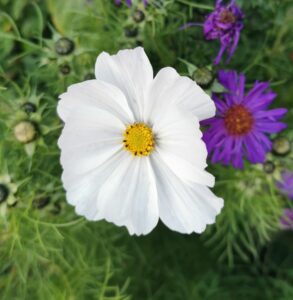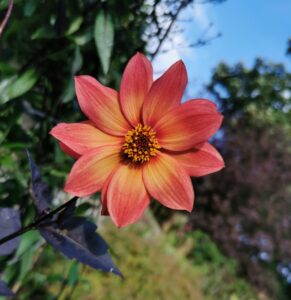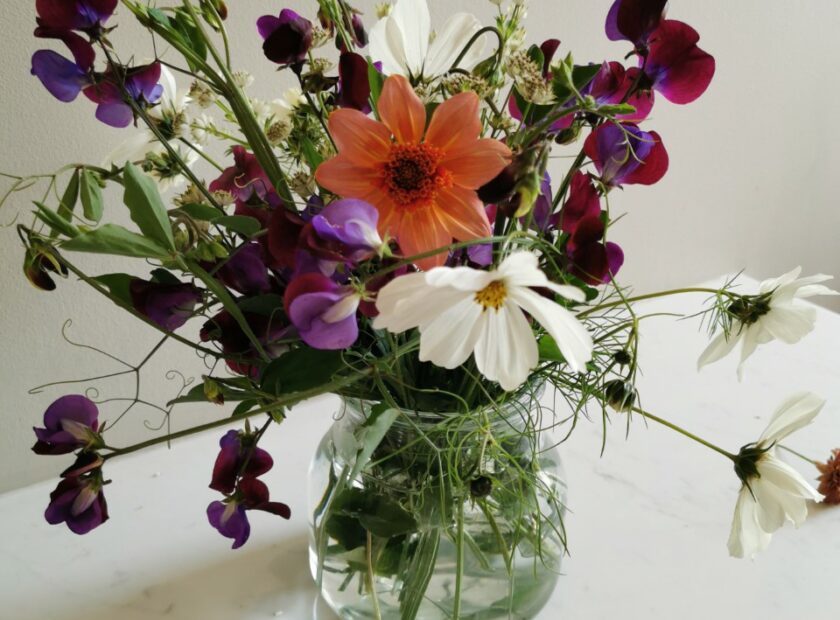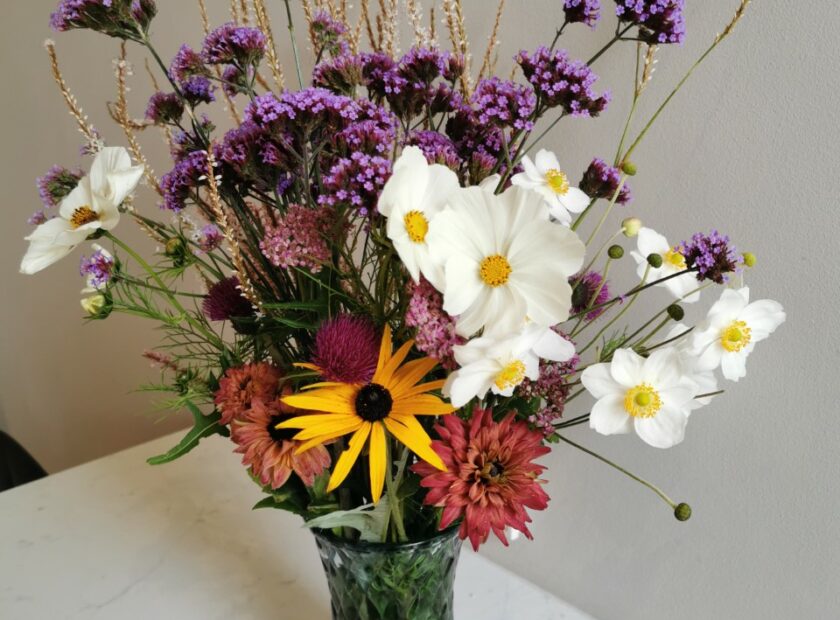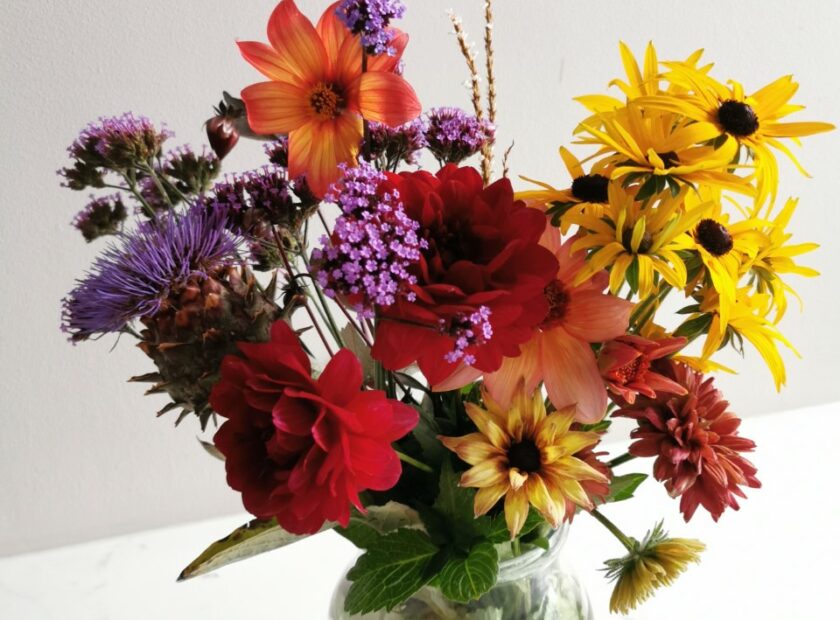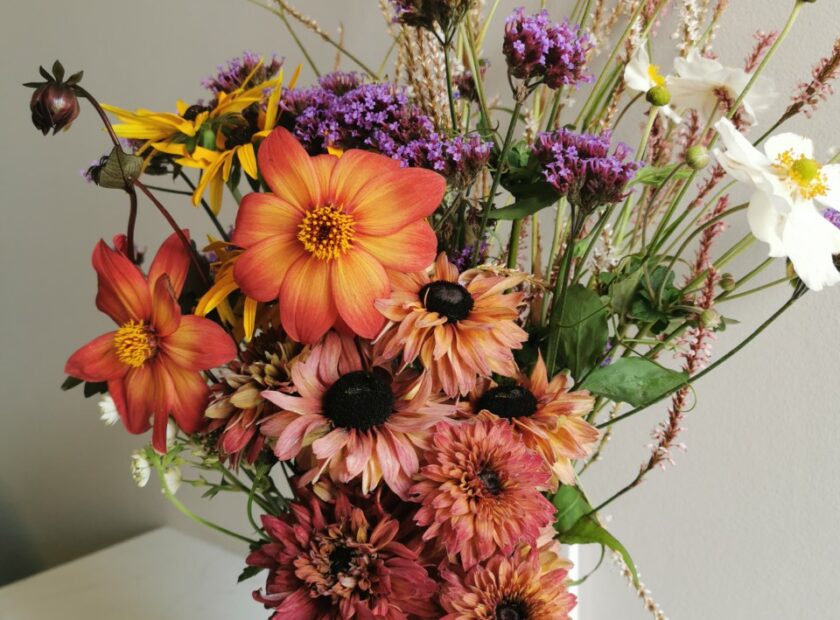Our Carbon Literate Organisation Journey
You can have the greatest climate scientist in the world, telling people that climate change is a threat, but in the end people only respond when they hear from people around them. When you have this climate collective silence, it is by naming the silence that you get action. Try to have a conversation or interaction every day where you do that and don’t for one second underestimate how important those conversations are.

